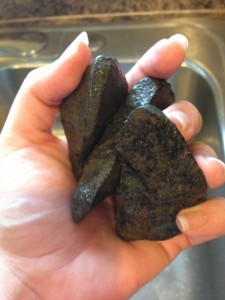
Freshly Rinsed Dog Rocks
In post earlier this week, I explained what Dog Rocks are and how they claim to eliminate new urine burn spots on your lawn. I used them for 30 days and here is what I found:
I’m not sure what I expected, but I removed the Dog Rocks from the package… and they were plain looking rocks. Maybe I expected them to feel magical or mysterious in some way, but no, just igneous rock from a special site in Australia.
[Mini Geology Lesson: Igneous rock is one of the 3 main types of rock found in the Earth’s crust. It is formed through the cooling of magma (lava). The conditions of the cooling magma (if it is under a lot of pressure, if it cools very fast or very slow, etc) determine the specific properties of the rock (how porous it is, color, texture). ]
I rinsed them and placed them in the filter housing area of my dog water fountain so that my pups wouldn’t be tempted to remove and chew on the rocks. Then it was just a waiting game.
These are the photos of the areas where my dogs usually eliminate on day 1:
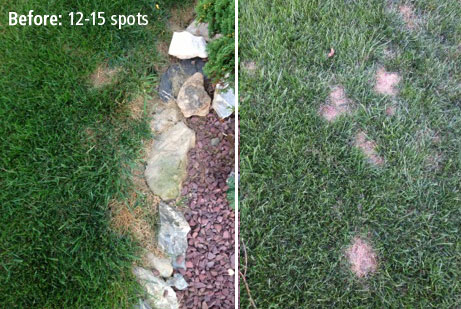
2 main areas of my yard before using Dog Rocks
Here are the photos of the same areas on day 31:
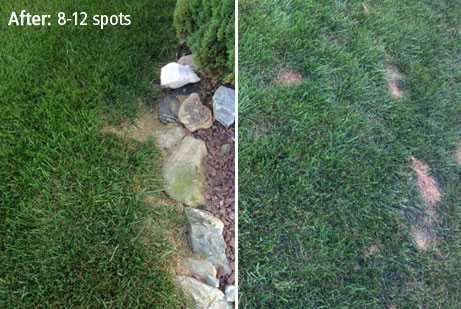
Same areas of the yard after 1 month of using Dog Rocks
My opinion: Do dog rocks work?
While I admit that my results weren’t as amazing as the photos on the packaging suggest, I definitely do see an improvement. My dogs go to the bathroom in the same area of the yard day after day, so there aren’t spots anywhere else on my lawn from my own dogs. Dog Rocks won’t cure the already existing burn spots, so I was looking for new burn patches in these areas. Instead, what I see is my grass growing back into the previously burnt areas, and no clear evidence of new burn spots. Again, this is only after 1 month. I’ll continue to use them and hopefully by spring I’ll have a lush green lawn like my neighbors 🙂
A couple of notes:
- I conducted this test in August, which isn’t exactly the best month for growing new grass in our area. Dog Rocks won’t cure the already existing urine burns, freshly grown grass will eventually fill in the spots. You can speed up the process by tilling the burnt areas and planting new grass seed. I prefer to let the lawn do the hard work.
- Diet plays a major role in the amount of nitrates in your dog’s urine. I feed a pretty high protein, home cooked diet because my dogs are highly active. Choosing a high quality dog food with appropriate protein levels for your dog is a key component in controlling lawn burn.
- Dog Rocks need to be replaced every 2 months and one packet of rocks should be in each water bowl that is available to your dogs for the best results.
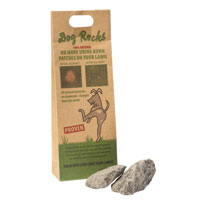
Dog Rocks by Dog Rocks USA
Because I have three dogs and a pretty small yard, my results might not be typical. Pick up a package of dog rocks and give them a try for yourself. They’re all-natural, they won’t harm your pet (so long as they don’t eat the rocks), they’re inexpensive compared to other additives and alternatives, and they might help prevent unsightly urine burn patches on your lawn. Find Dog Rocks at the lowest price online at thatpetplace.com!
 Ever hear that joke about how a group of aliens visits Earth and see us (humans) feeding, bathing, picking up poop, and otherwise caring for our pets and they make the assumption that the dogs and cats are the ones in charge here on Earth? The thing about humor is that its funny because there’s a partial truth in the butt of the joke. Please welcome our guest poster, Brittany West, with an article about how our pets just might train us and not the other way around:
Ever hear that joke about how a group of aliens visits Earth and see us (humans) feeding, bathing, picking up poop, and otherwise caring for our pets and they make the assumption that the dogs and cats are the ones in charge here on Earth? The thing about humor is that its funny because there’s a partial truth in the butt of the joke. Please welcome our guest poster, Brittany West, with an article about how our pets just might train us and not the other way around: That Pet Blog That Pet Place Pet Blog
That Pet Blog That Pet Place Pet Blog


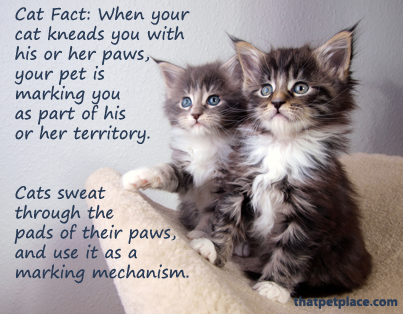 Cats. They may have taken over the internet (LOLCats, anyone?), and surpassed dogs as the most popular pet on earth, but we still have a lot of learning to do. Mysterious and aloof, felines have been with us as companions for centuries; from being revered in Ancient Egypt to being implicated in witch trials. Here are 5 little-know cat facts to tuck into your trivia arsenal for your next appearance on Jeopardy!
Cats. They may have taken over the internet (LOLCats, anyone?), and surpassed dogs as the most popular pet on earth, but we still have a lot of learning to do. Mysterious and aloof, felines have been with us as companions for centuries; from being revered in Ancient Egypt to being implicated in witch trials. Here are 5 little-know cat facts to tuck into your trivia arsenal for your next appearance on Jeopardy!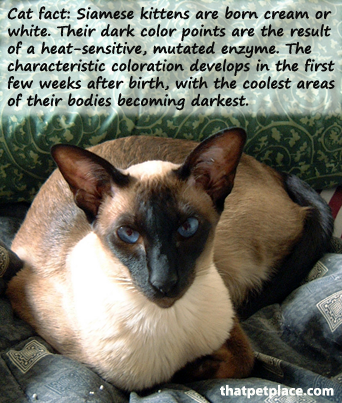 3. Siamese cats are albino, sort of
3. Siamese cats are albino, sort of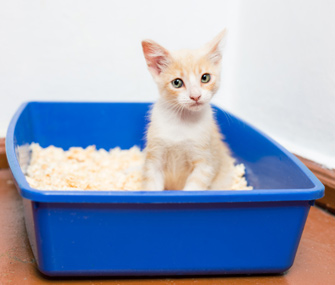

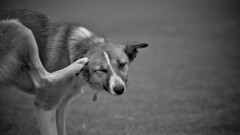







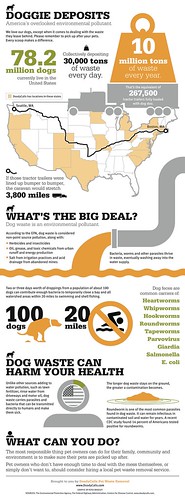
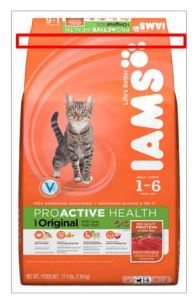 The health and safety of your pets is very important to That Pet Place. We regret to inform you that P&G has announced a limited, voluntary recall of select Iams dry cat & dry dog and Eukanuba dry dog foods because they have the potential to be contaminated with Salmonella. No health effects related to salmonella have been reported on these products. P&G is taking this precautionary step in order to ensure our customers and consumers get the highest level of quality and service. We apologize for the inconvenience this may cause.
The health and safety of your pets is very important to That Pet Place. We regret to inform you that P&G has announced a limited, voluntary recall of select Iams dry cat & dry dog and Eukanuba dry dog foods because they have the potential to be contaminated with Salmonella. No health effects related to salmonella have been reported on these products. P&G is taking this precautionary step in order to ensure our customers and consumers get the highest level of quality and service. We apologize for the inconvenience this may cause. The lot codes of the recalled products include: 3186 4177, 3187 4177, 3188 4177, 3189
The lot codes of the recalled products include: 3186 4177, 3187 4177, 3188 4177, 3189 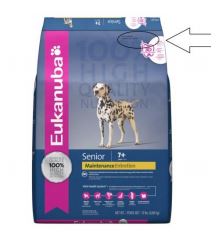 4177, 3190 4177, 3191 4177, 3192 4177, 3193 4177, 3193 4177, 3194 4177, & 3195 4177. The lot code is located on the front or back of the bag at the top of the bag and is the bottom left number.
4177, 3190 4177, 3191 4177, 3192 4177, 3193 4177, 3193 4177, 3194 4177, & 3195 4177. The lot code is located on the front or back of the bag at the top of the bag and is the bottom left number.